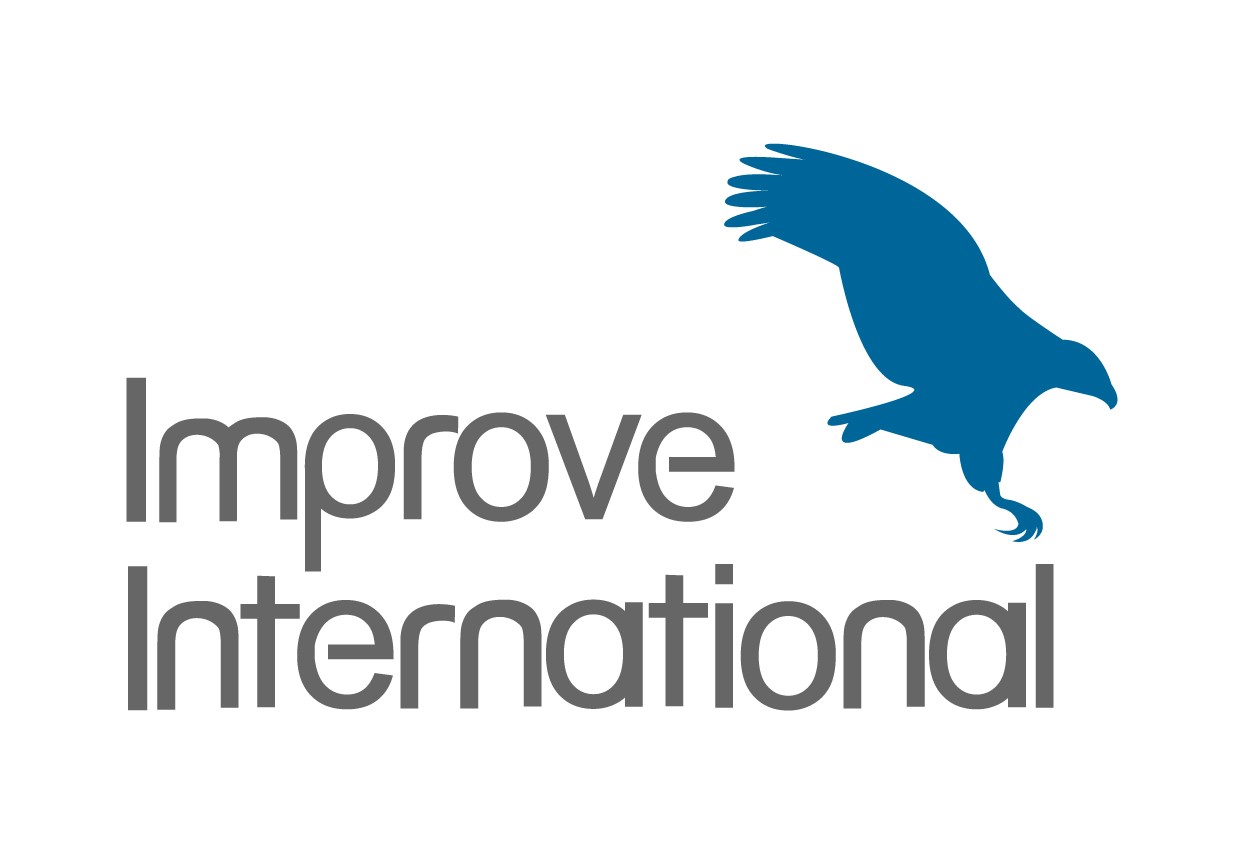Information
-
Document No.
-
Audit Title
-
Client / Site
-
Conducted on
-
Prepared by
-
Location
-
Personnel
-
Add location
Risk factors for increased risk of introduction/spread of bTB
-
Is the herd size greater than 150
-
Is the herd size greater than 300
-
Are separate management groups used to reduce the risk of spread?
Type of herd
-
Is this a dairy herd?
Animal risks
-
Any purchase or other movement of cattle onto the farm?
-
Have any replacements been sourced from any of<br>a) A High Risk Area (the Defra defined HRA or Edge Area)<br>b) A herd which has had a TB breakdown in the past 5 years and or CHeCS level 2<br>c) A herd with an unknown bTB history to you as the purchaser
-
Are all purchased cattle pre movement tested before movement onto the farm?
-
Are cattle isolated and post movement test before introduction to the resident herd?
-
Are there other co-located species such as goats, deer, camelids which might also be at risk?<br>
-
Are any non bovines farmed in separate epidemiological groups?
-
Do you use a hire bull?
Management system
-
Do you use common/shared grazing?
-
Is the farm over 2 or more premises and/or multiple land parcels grazed by animals?
Feeding practices
-
Do you use the following feedstuffs, shown to increase risk by the margins shown over not using them: a) Rough pasture (7% per 10ha) b) Grass Silage (50%)
-
Is maize grown on farm or by close neighbours and/or maize silage fed to cattle?
-
Are mineral licks, feed and water troughs raised and adapted to minimise wildlife access
-
Are concentrates and/or TMR fed on the ground or in low level feeders?
-
Are calves fed proprietary milk substitute or low risk pasteurised milk?
-
Is waste milk, or pooled colostrum fed to calves without pasteurising?
Farm boundary maintenance and general biosecurity
-
Is direct contact possible with neighbouring cattle across boundaries? Note that it may be possible to use strategic grazing to reduce this risk.
-
Double fencing and gating is in place to prevent nose to nose - 3m exclusion?
General biosecurity
-
Slurry or manure is spread on land used for grazing cattle?
-
Is manure stored before spreading and then spread on arable land?
-
Is it possible that effluent or run off from neighbours pasture may contaminate fields, or that slurry from other farms is spread on pasture intended for grazing
-
Is shared equipment used without adequate cleansing and disinfection - including contractors and livestock transport?
-
Are visitors and/or farm staff allowed onto the farm without adequate disinfection?
-
Is there a provision of boot dips and protective clothing for visitors and farm staff?
-
Do personnel undertake cleansing and disinfection of protective clothing/equipment between different management groups?
-
With regards to biosecurity of feed - do any of the following apply: a) Feed trough areas accessible to badgers? b) Spilled feed around feed bins? c) Unprotected silage clamps?
-
Can badgers gain access to the cattle buildings?<br>
-
Can badgers access the feed stores?
-
Do cattle come into contact with badgers, directly or indirectly, when at pasture
-
Are there any measures in place to reduce contact with badgers at pasture? e.g fencing off setts and latrine areas
General herd health
-
Is there a known presence of concurrent immunosuppressive disease, including but not limited to BVD, Johnes and Nutritional Deficiency?
-
Is there a Veterinary agreed, active, herd health plan in operation including an up to date vaccination policy, which is adhered to based on the needs of the farm?
-
Are the cattle, buildings and equipment maintained in a state of good cleanliness?
TB history and testing
-
Has the herd experienced a breakdown in the last
-
Is there evidence to support previous recrudescence or repeated incursion(s) of bTB?
-
Are animals which have previously tested as IR (Inconclusive Reactors) present on the farm?
-
Have any TB tests become overdue?
-
If TB tests are split into part tests, is there a delay between each part?
-
Are reactors and IR animals correctly isolated from the herd?
Local area
-
There is at least one herd under OTFW within 10km of the farm boundaries, including any remote grazing
-
Is there a risk of cattle-cattle contact with neighbours who have a history of TB within the last 5 years
-
Do genotypes of M.bovis in previous reactors or slaughterhouse cases (SLH) match those of the local area?
-
Are there: a) Badger setts within 2km of the farm boundary? and/or b) Wild deer known to access the farm?
-
Has there been previous evidence of diseased badgers on the farm?






